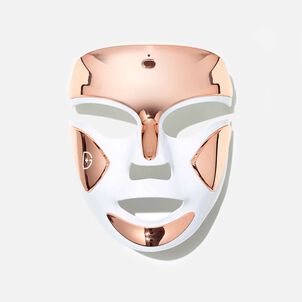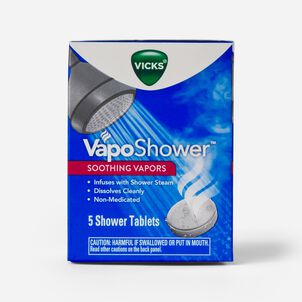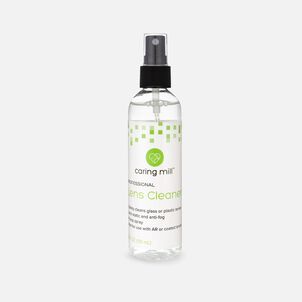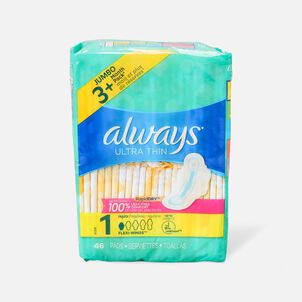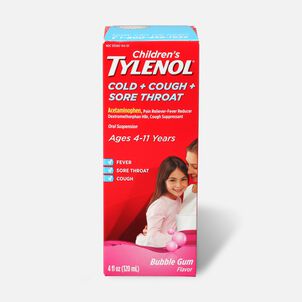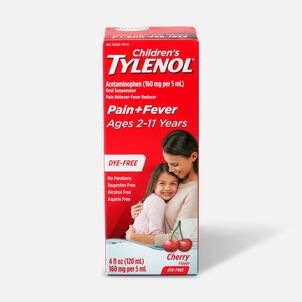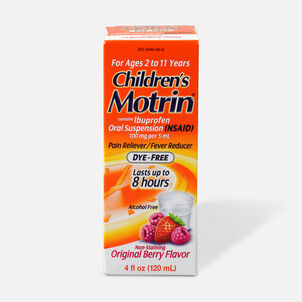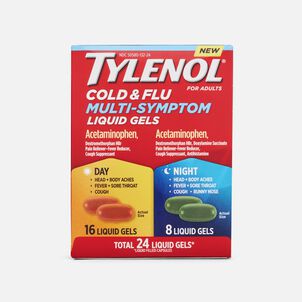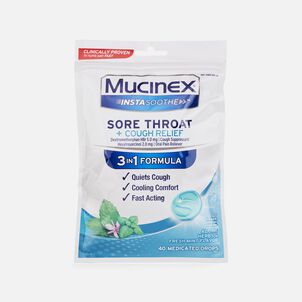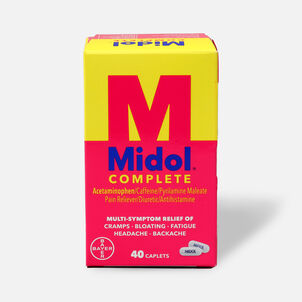 | SHOP NOW
| SHOP NOWThe growing cost of healthcare is a concern for most American families. These concerns may be even greater with a high-deductible health insurance plan — which shifts more of the cost away from your provider — and may cost you more money out-of-pocket.
Health savings accounts (HSA) are one way to ease the sting of these extra out-of-pocket costs. The more money you contribute to your HSA, the more you have to pay for future out-of-pocket medical expenses — but unfortunately, there is a contribution limit every year.
Depending on your age, you may be eligible to boost your savings through an HSA catch-up contribution. We will cover everything you need to know about this unique opportunity to beef up your account — including how to maximize your HSA catch-up contribution.
The benefits of an HSA
Whether you are new to the world of HSAs—or you have been using an HSA for years—it's good to know the benefits of your account and utilize these HSA tips to make the most of it.
Your HSA is like the unicorn of tax-friendly accounts because it offers three unique tax benefits:
- You may take a tax deduction for your HSA contributions.
- You may also invest and grow your HSA money tax-free.
- You may withdraw HSA money tax-free and penalty-free for qualified medical expenses.
You may not spend much time thinking about your HSA benefits until you have a doctor's appointment and receive a large medical bill in the mail weeks later. If you haven't already met your deductible—which may be common with a high-deductible health insurance plan—the bill may be more costly than you expect.
Your first reaction may be to make a payment with your HSA card or get reimbursed for the bill through your HSA plan administrator. This may be a good move because you're using pre-tax money to cover the bill, which is kind of like getting a discount on your medical expenses.
Another option may be to reduce your HSA spending by paying for the medical bill out of your own pocket. This could be a savvy move if you have invested your HSA money because your balance will have more time to grow.
There is no deadline to spend your HSA money. Rather than using the money now when you're younger, you may prefer to spend the balance during your golden years when your healthcare costs are likely to be higher. It may be particularly useful to help cover long-term care expenses later in life (IRS).
How to qualify for HSA contributions
Before making an HSA catch-up contribution, you should double check your HSA eligibility. To be eligible for HSA contributions, you must have an HSA eligible high deductible health insurance plan, a.k.a. HDHP coverage.
Your health insurance plan must have a minimum annual deductible and maximum out-of-pocket expenses — which depend on whether you have individual or family HDHP coverage with HSA dependents. You can see the breakdown of these limits for 2022 here:
2024
- Minimum annual deductible:
- $1,600 (Individual)
- $3,200 (Family)
- Maximum out-of-pocket expenses:
- $8,050 (Individual)
- $16,100 (Family)
On top of the HDHP coverage requirements, there are a couple of other rules to know. You won't qualify with other types of health insurance and you can't be enrolled in Medicare. You also can't be a dependent on someone else's tax return. (IRS)
Know the HSA contribution limits
You should also know the annual HSA contribution limits. Before turning 55, you may qualify to make the following contributions per year for 2022, depending on whether you have an individual or family health insurance plan.
- Individual
- 2024 - $4,150
- Family
- 2024 - $8,300
It's important to keep track of your HSA contributions every year. If you contribute more than the annual contribution limit, you will owe a 6% excise tax on the excess amount. You may avoid the excise tax by withdrawing your extra contribution before your tax return deadline, and extra contributions can also be applied to a future year (including any tax deadline extensions) (IRS).
What is an HSA catch-up contribution?
One of the benefits of getting older is you may qualify to contribute extra money to some types of tax-advantaged accounts — like your workplace 401(k) or 403(b), your Roth IRA, and your HSA. This is called a "catch-up contribution" and it offers the unique opportunity to boost your savings.
If you are 55 or older by the end of the tax year, you will have the opportunity to make an HSA catch-up contribution. This allows you to contribute up to the limits in the chart above — plus an extra $1,000.
HSA catch-up contribution example
Let's say you will turn 55-years-old by October 2024 and you have an HSA eligible high deductible health plan for your family. Based on the chart above, you can make a base contribution of $8,300 plus an extra $1,000 HSA catch-up contribution, for a total of $9,300 in 2024 (IRS).
Why HSA catch-up contributions matter
As we have covered, your HSA catch-up contribution could be the opportunity to save an extra $1,000 per year. If you decide to invest your HSA catch-up contribution, you may earmark the money to pay for healthcare expenses in retirement—which may be put to good use.
According to the Fidelity, the average 65-year-old retired couple may need a whopping $295,000 to pay for healthcare in retirement—and that doesn't include the cost of long-term care. With high costs like these, it may be critical to save as much as possible in your HSA.
The deadline for HSA contributions
You should also pay attention to the deadline for HSA contributions every year. As long as you're enrolled in an HSA eligible high deductible health plan, you have until the tax deadline every year to make your HSA catch-up contribution.
Continuing with the example above, you would have until April 15, 2025 to make your family's HSA contribution ($8,300) and HSA catch-up contribution ($1,000) for 2024.
Remember: You may take a tax deduction for your HSA contribution — including your HSA catch-up contribution. This is an "above-the-line" tax deduction, which means you can still take it even if you don't itemize deductions on your tax return. This may lower your tax bill or increase your tax refund, depending on your situation — so it may be worthwhile to funnel some extra money into your HSA before filing your taxes.
Make every effort to make your HSA catch-up contribution
As healthcare continues to get more expensive, it may be critical to find new ways to save on out-of-pocket costs. Your health savings account is one way to achieve that with three tax benefits. You may get a deduction for your contributions, take advantage of tax-free growth, and benefit from tax-free withdrawals for qualified medical expenses.
When you're spending more money out-of-pocket on healthcare costs, every extra dollar counts. While it may not fully offset the cost of a high deductible health insurance plan, these tax benefits could have a big impact on your family's bottom line.
Your HSA catch-up contribution of $1,000 could go a long way, especially if you choose to invest the money. Consider the power of compound growth over time. Even if you only contribute $1,000 more per year for ten years — or until you turn 65 years-old — it could still make a difference.
As always, speak with a financial advisor about your specific situation before you decide how to proceed. The information provided in this article is meant to be a general explanation of the options you have for handling your HSA funds, and should not be considered legal or tax advice.
-
Thank you for visiting the HSA Store Learning Center. Don’t forget to follow us for more helpful tips on Facebook, Instagram, and Twitter.


.png)
